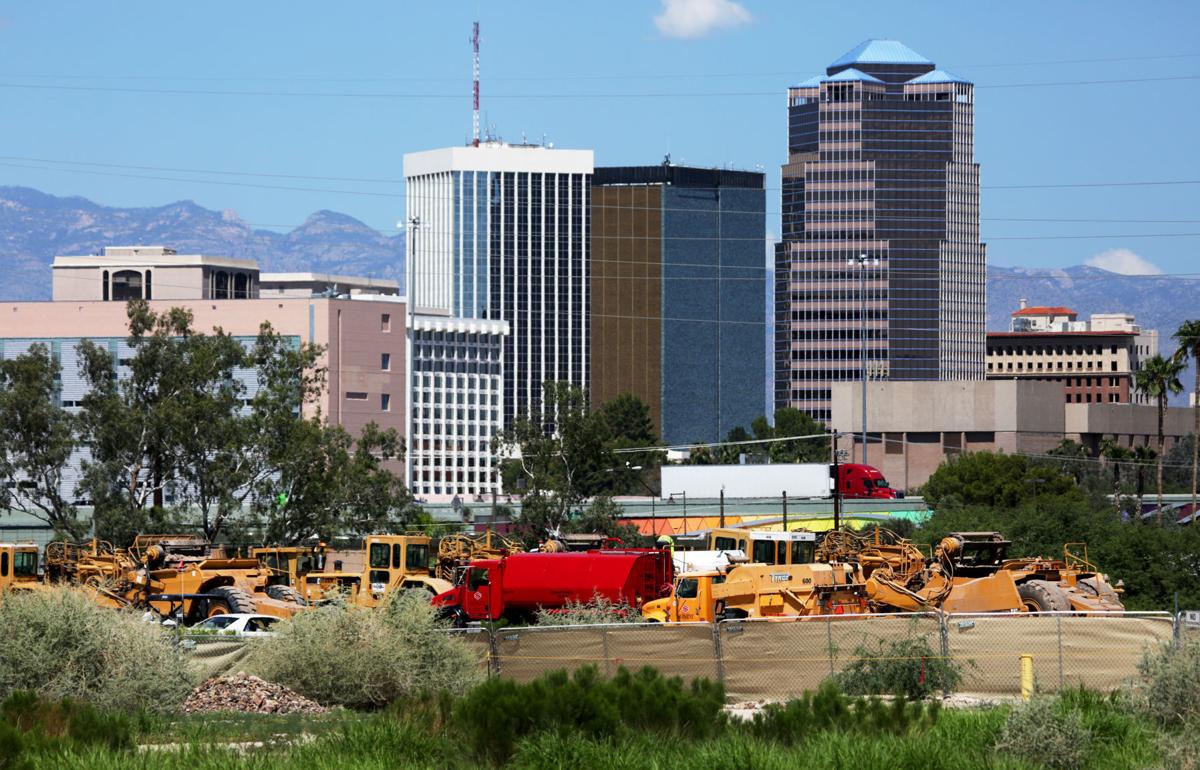PHOENIX — Arizona added enough residents in the 12 months ending July 1 to rank its growth the fifth highest in the nation.
New figures from the U.S. Census Bureau put the state’s population at 7,405,743. That’s 1.6 percent higher than the same period a year earlier.
Only Idaho, Nevada, Utah and Washington grew faster. Florida’s growth rate matched Arizona.
But it’s not because Arizonans are reproducing faster than residents elsewhere. In fact, the Census Bureau says the state added just 85,634 residents that way, at a rate slower than the national average.
Then there was the fact that 57,553 people died in the same period, for a net natural increase of just 28,081, or less than 0.4 percent.
What’s driving growth is that people are moving here from elsewhere. And one out of every five of those 79,316 new residents actually came from another country.
Economist Tom Rex of the W.P. Carey School of Business at Arizona State University said the Census Bureau numbers are “nothing surprising.”
He said the 107,628 net year-over-year increase for the latest 12 months is virtually identical to the gain between 2015 and 2016.
It is a little higher than annual population gains in 2014 and 2015. But that’s not saying much.
“Population growth in the state remains considerably below the historical norm,” Rex said.
“The peak was 190,100 in 2006,” he said, right before the Great Recession. In fact, the number of people Arizona added this past year is less than the figure for every year from 1992 through 2008.
Arizona’s growth rate, while above the national average, was not enough to actually move the state up in the national rankings.
It remains at No. 14. And given that No. 13 Washington is growing even faster, the odds of overtaking that state, whose population tops 7.4 million, are not good for the foreseeable future.
Less clear is whether the state’s growth rate will lead to more political influence in Congress.
Arizona has nine seats in the 435-member U.S. House. And if you were to divide the state’s population into the national figure, the state would be entitled to 10 representatives now.
But it’s not quite that simple.
Even the tiniest states, like Wyoming with about 580,000 residents and Vermont at nearly 624,000, are entitled to a single representative. Only after the legal requirements for those smaller states are taken into account does the government do the calculations for how many House seats the other states get.
The new figures find that two states have lost population in the past year: West Virginia and Louisiana, fueled largely by people moving away.
But even among states with a net increase, the picture is more complex.
For example, New York remained No. 4 in overall population by adding about 13,000 residents. But that hides the fact that 190,000 more New Yorkers moved elsewhere than came into the state from other states.
And that figure was so high it did not offset the fact the state got 130,000 new international immigrants.
Arizona’s western neighbor also had a net outflow of domestic migration, with 138,000 more people leaving for other states than the other way around. But California more than made up for that with nearly 165,000 new residents from other countries.





